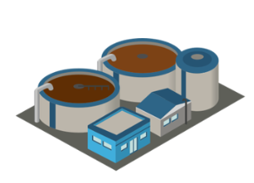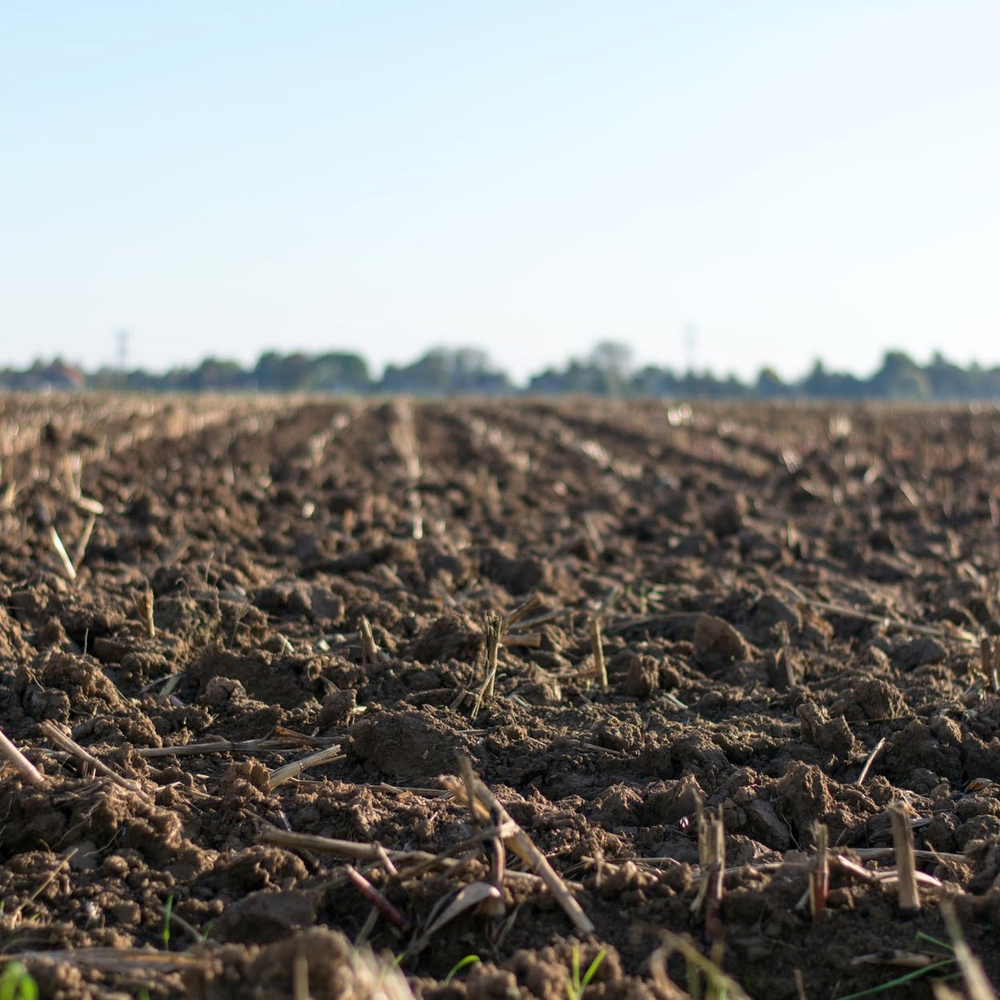Nano-enabled product release rates and routes: Abrasion
During the life cycle, nano-enabled products are likely to suffer mechanical stresses, one of the most common being abrasion. ENMs are likely to be released due to this stress, so there is a need to study abrasion scenarios to assess exposure or risk. This page explores how potential ENM release rates, amounts and forms are measured. Many more details can be obtained from NanoFASE Report D4.2 (Release estimates inventory).
|
|
Released to |
|||
|
|
|
 Air |
 Water |
|
Release rate and forms |
|
Depending on the specific NEP and the kind of stress that is being simulated, very different release rates and forms could be generated, so there is a need to assess each scenario in detail. Due to the large-scale physical effect of the abrasion process, ENMs released from the nano-enabled product are generally still embedded in the matrix fragments. A thermal effect due to friction should also be considered, which could be more or less relevant according to the material under study. |
Measurement protocol |
|
In order to evaluate the abrasion impact on ENMs release from nano-enabled products, the process can be simulated in an experimental setting. Depending on the type of abrasion that needs to be simulated different protocols can be followed. Most protocols were originally developed to test products’ resistance to abrasion, but the same principle can generally be used to evaluate the release. Two of the instruments most frequently used to simulate mechanical stresses are the Martindale and the Taber.
|
|
Read more |
Read also |
|
Visit the NanoFASE Library to read summaries: NanoFASE Report D4.1 Inventory of estimates of ENMs and nano-enabled products value chain NanoFASE Report D4.2 Release estimations during ENMs and nano-enabled products value chain |
ISO 5470-1:2016 Rubber- or plastics-coated fabrics -- Determination of abrasion resistance -- Part 1: Taber abrader. |
Contact
 Alejandro Vilchez
Alejandro Vilchez
LEITAT Technological Center
Barcelona, Spain

Vicenç Pomar-Portillo
LEITAT Technological Center
Barcelona, Spain




